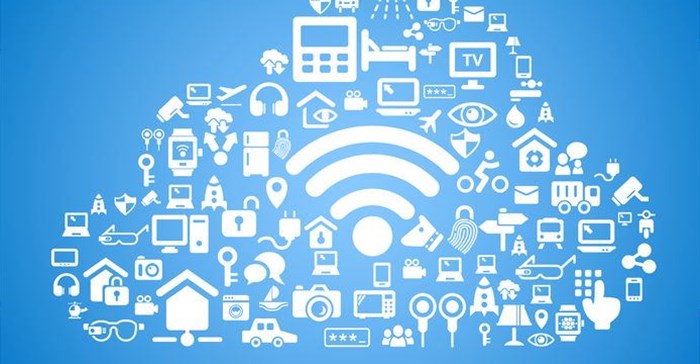The Internet of Things will change the world

That’s according to Ernst Wittmann, regional manager for Southern Africa at Alcatel, who says that new research and data indicates that the Internet of Things is at an inflection point. The Internet of Things (IoT) is already enjoying strong adoption for commercial and industrial applications – now there are strong indications that it is set to explode in consumer markets, too.
In the US, for example, mobile operators are currently adding new IoT connections such as connected cars and smart meters to their networks faster than they are adding smartphones, according to numbers from Chetan Sharma Consulting for Q2 2016.
Another study by Morgan Stanley surveyed manufacturing firms and found that 90% are developing new chips and sensors with IoT in mind. These are likely to hit the market within the next 12 to 18 months, catalysing more growth in the Internet of Things.
Wittman says that IoT will soon be woven into many products and services we use every day. In retail, for example, Amazon’s Dash physical instant purchase buttons in selected markets already allows people to buy household essentials. With a simple press of a branded internet-connected button, people can order goods like nappies, toilet rolls, dishwasher tablets and washing powder.
“In future, we could envisage a world where sensors in a parking garage communicate with your connected car to deduct the parking fee and alert you to free parking spaces. If your smart vehicle breaks down, it can alert roadside assistance and provide diagnostic information without you picking up your phone.
“Your fridge might order milk for you when you’re running low and your smart thermostat could adjust heating in your home according to the temperature and your preferences when it detects your presence. And smart pacemakers could monitor a patient’s health and alert a doctor if his or her medication should be adjusted. Wearables such as rings, watches, and even clothes may feature sensors, too.
“With all of these devices joining the internet as well as the explosion in video usage, mobile operators will need to keep investing in capacity,” says Wittman. “They will need to look at lifting their standards by rolling LTE/4G out more broadly and plan a roadmap to 5G. Not only will the world be full of connected devices – many of these devices will depend on efficient, fast, low-latency connections.”























